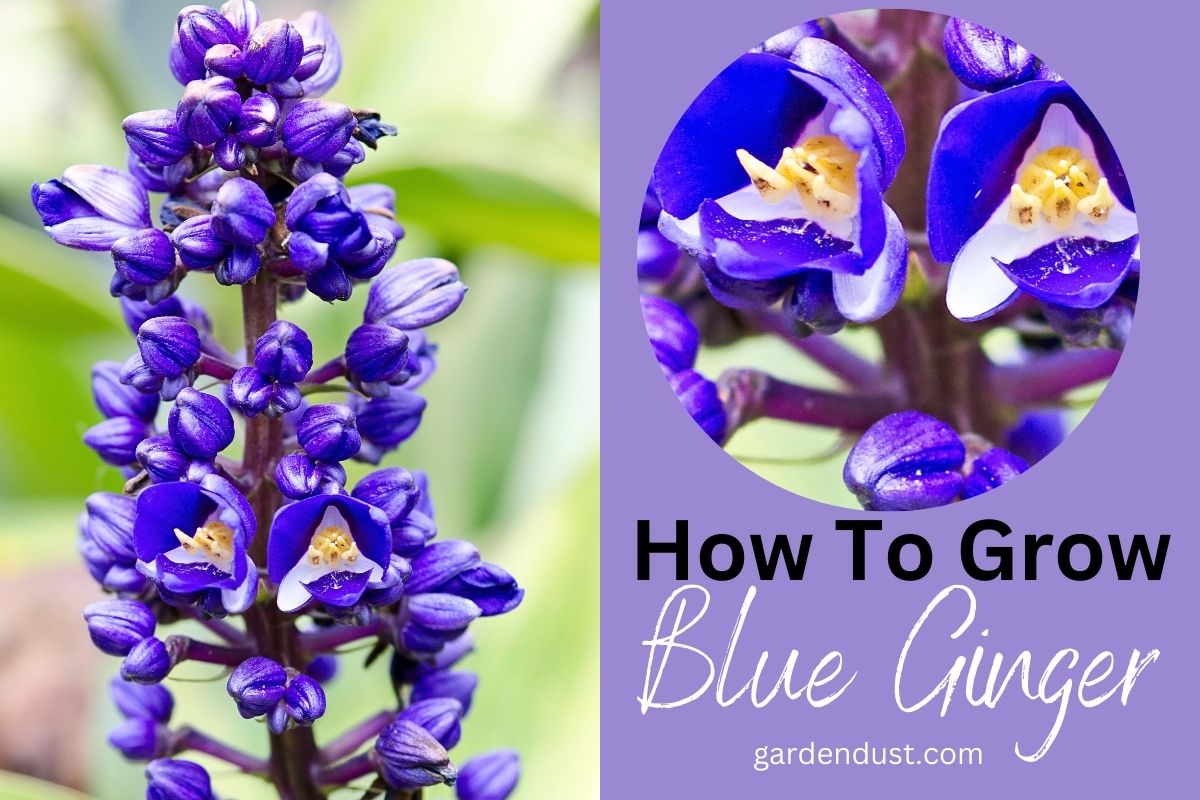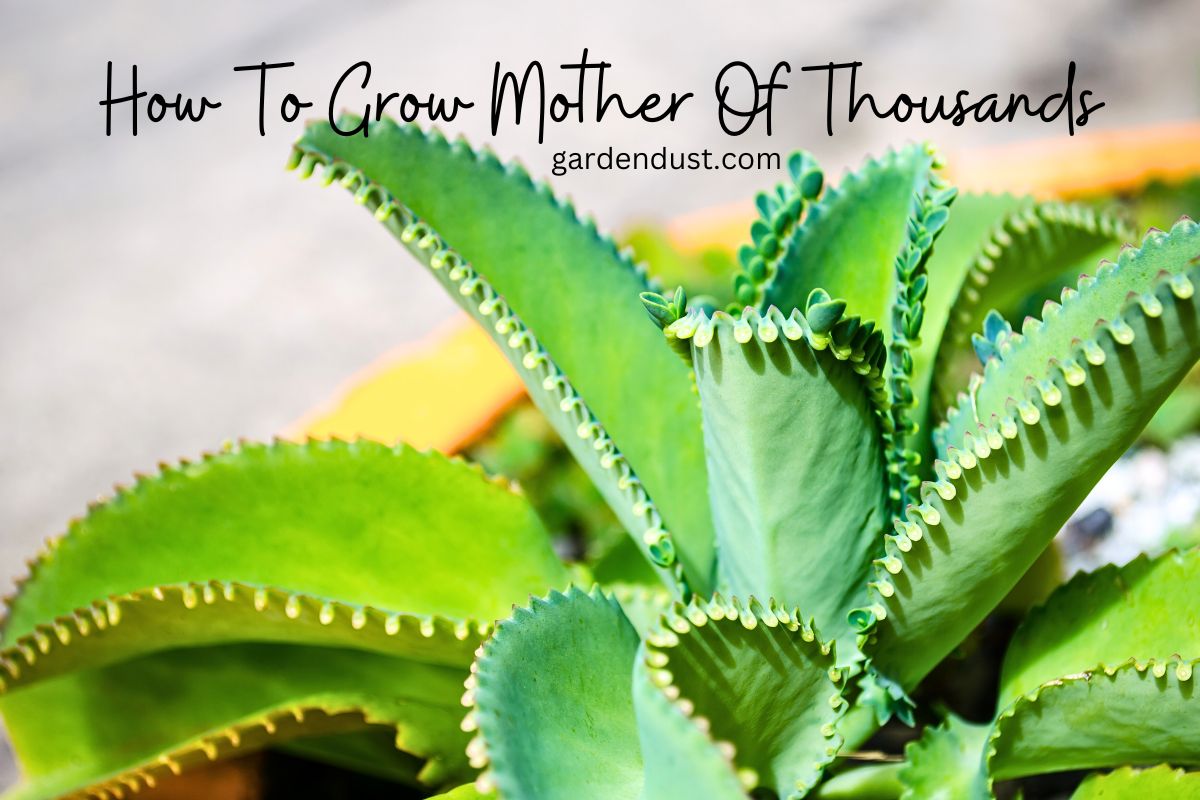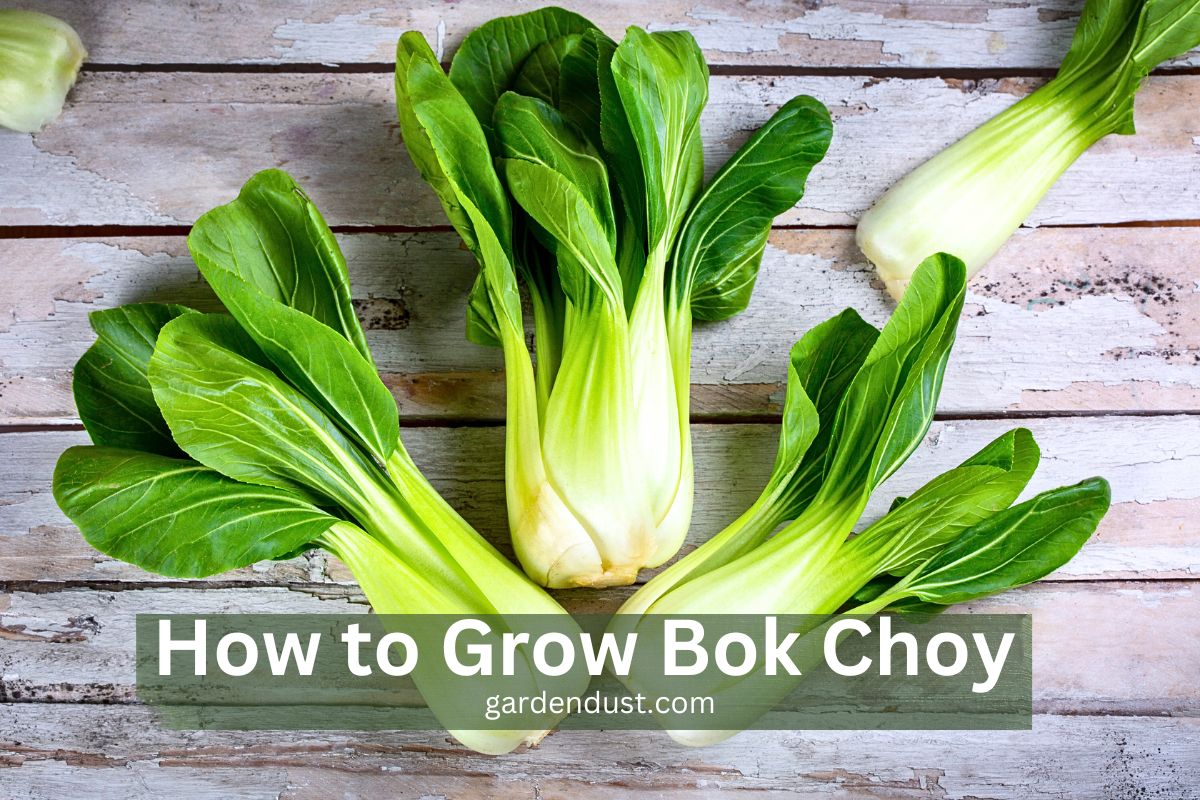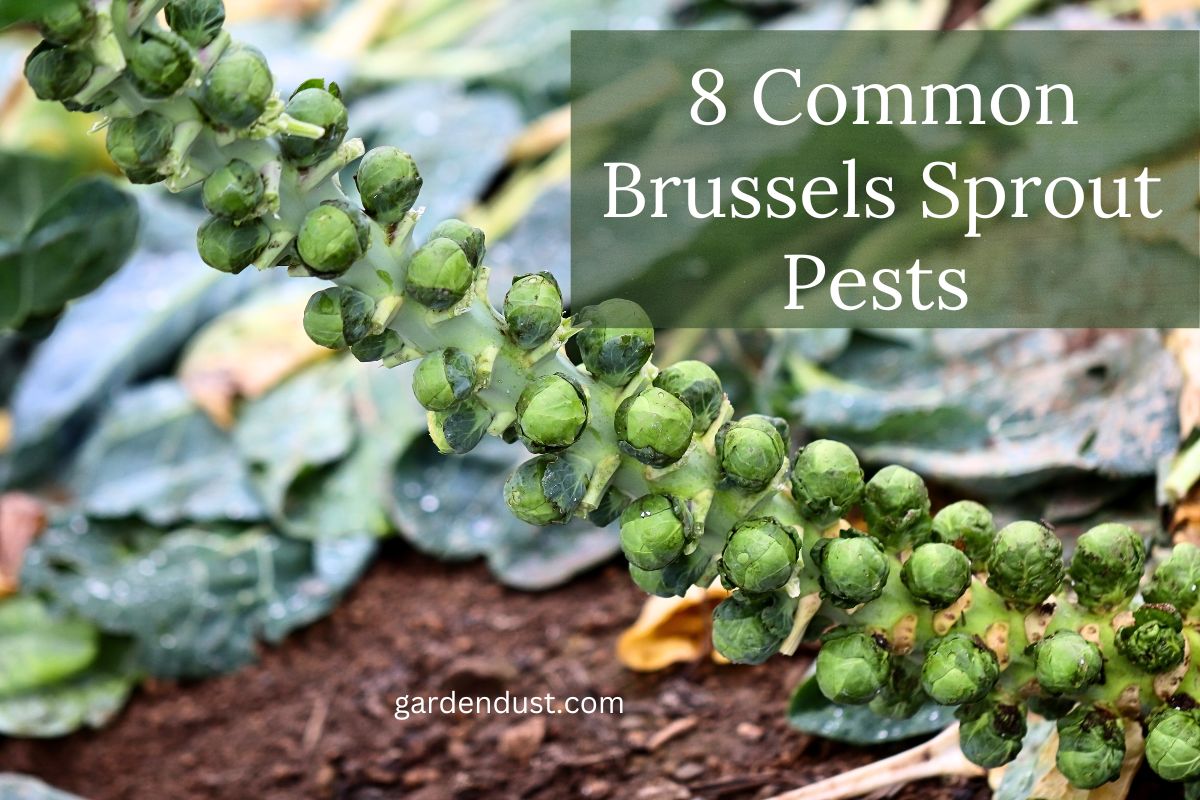Squash is a type of fruit that belongs to the Cucurbitaceae family, like pumpkin. It comes in various shapes, sizes, and colors, including yellow, green, and orange. Squash is a versatile ingredient that can be used in both sweet and savory dishes.
Squash is a good source of vitamins and minerals, including vitamin C, potassium, and fiber. It is also low in calories and high in antioxidants, which can help reduce the risk of certain chronic diseases. Squash is also a good source of carotenoids, which are important for maintaining healthy vision and skin. Let’s see how to grow and acre for squash in detail:-
Botanical name- Cucurbita pepo
Family– Cucurbitaceae
Native– Mesoamerica, which includes present-day Mexico and Central America.
Squash was introduced to Europe by early explorers of the Americas, and it quickly became popular as a food crop. Today, squash is widely cultivated in many parts of the world, including North and South America, Europe, Africa, and Asia.
Types Of Squash
Squash is the common name of the fruit, but there are many different types of squash, each with its own specific common name. Some common types of squash include butternut squash, acorn squash, spaghetti squash, and zucchini. Butternut squash, for example, has a sweet, nutty flavor and is often used in soups and stews. Acorn squash has a slightly sweet and nutty flavor and is often roasted or mashed. Spaghetti squash, on the other hand, has a mild flavor and stringy flesh that resembles spaghetti, and is often used as a pasta substitute. Zucchini is a summer squash that has a mild flavor and is often used in salads, stir-fries, and grilled dishes.
Some common types of squash include:
- Butternut squash
- Acorn squash
- Spaghetti squash
- Zucchini
- Yellow squash
- Pattypan squash
- Kabocha squash
- Delicata squash
- Hubbard squash
- Chayote squash
These are just a few examples, as there are many more types of squash with their own unique names.
Grow And Care For Sqaush
Here are some tips on grow and care for Sqaush
Planting:
Squash is a warm-season crop that prefers full sun and well-drained soil. It’s best to plant squash seeds or seedlings after the last frost in your area. Make sure to space the plants about 3-4 feet apart in rows that are about 5-6 feet apart.
Watering:
Squash plants need consistent moisture, especially during the flowering and fruiting stages. Water deeply once or twice a week, depending on the weather and soil conditions. Avoid overhead watering, which can promote disease.
Fertilizing:
Squash plants benefit from regular fertilization throughout the growing season. Use a balanced fertilizer every 2-3 weeks, following the manufacturer’s instructions.
Pest control:
Squash plants are prone to insect pests such as squash bugs and cucumber beetles, as well as fungal diseases like powdery mildew. Monitor your plants regularly and use organic or chemical controls as needed.
Harvesting:
Squash is ready to harvest when the fruit is fully mature and the skin is hard. Cut the fruit from the vine using a sharp knife or pruners, leaving a short stem attached. Harvest regularly to encourage the plant to produce more fruit.
By following these care tips, you can help your squash plants grow healthy and produce a bountiful harvest.
Propagation of Squash
Squash can be propagated through both seeds and cuttings. Here are some ways to propagate squash:
- Seeds: Squash seeds can be collected from mature fruit or purchased from a seed supplier. Start the seeds indoors in small containers about 2-4 weeks before the last frost date in your area. Once the seedlings have grown to about 3-4 inches tall and have a few leaves, transplant them outdoors in a sunny location.
- Direct seeding: Squash seeds can also be planted directly into the ground after the last frost date. Plant the seeds about an inch deep and 3-4 feet apart in rows that are about 5-6 feet apart.
- Cuttings: Squash can also be propagated through stem cuttings. Take a cutting from a healthy squash plant, making sure it has at least 2-3 leaves and a node. Dip the end of the cutting in rooting hormone and plant it in a container filled with potting soil. Keep the soil moist and warm until the cutting has rooted and can be transplanted outdoors.
By using these propagation methods, you can easily grow your own squash plants and enjoy a bountiful harvest.
Common Disease And Pests of Squash
Squash plants are susceptible to various diseases and pests. Here are some common ones:
- Squash bugs: These are brownish insects that suck sap from the leaves and stems of squash plants, causing wilting and yellowing. They can be controlled by handpicking, using sticky traps, or using insecticides.
- Cucumber beetles: These beetles are small, yellow-green insects that feed on the leaves, flowers, and fruit of squash plants. They can transmit bacterial wilt, a disease that causes sudden wilting and death of the plant. They can be controlled using insecticides or by covering the plants with row covers until they start to flower.
- Powdery mildew: This is a fungal disease that appears as a white, powdery coating on the leaves of squash plants. It can stunt the growth of the plant and reduce the yield. It can be controlled by applying fungicides or by using cultural practices such as planting resistant varieties, spacing plants properly, and avoiding overhead watering.
- Squash vine borers: These are the larvae of a moth that tunnel into the stems of squash plants, causing wilting and death. They can be prevented by using row covers early in the season, handpicking adults, and using insecticides.
- Blossom end rot: This is a physiological disorder that causes the bottom of the fruit to turn black and mushy. It is caused by a calcium deficiency and can be prevented by maintaining consistent soil moisture levels and applying calcium-rich fertilizers.
By being aware of these common diseases and pests, you can take steps to prevent or control them and keep your squash plants healthy and productive.
Health Benefits Of Squash
Squash is a nutrient-dense food that provides a wide range of health benefits. Here are some of the key health benefits of squash:
- Rich in vitamins and minerals: Squash is an excellent source of vitamins A and C, both of which are important for immune function, vision, and skin health. It also contains potassium, magnesium, and folate, which are essential for heart health and nerve function.
- High in fiber: Squash is a good source of dietary fiber, which can help regulate digestion, reduce inflammation, and lower cholesterol levels.
- Low in calories: Squash is a low-calorie food that can help with weight management. It is also low in fat and cholesterol.
- Antioxidant-rich: Squash contains antioxidants such as beta-carotene, lutein, and zeaxanthin, which can help protect against cell damage and reduce the risk of chronic diseases such as cancer, heart disease, and diabetes.
- Anti-inflammatory: Squash contains compounds such as cucurbitacin and omega-3 fatty acids, which have anti-inflammatory properties that can help reduce inflammation and pain in the body.
Overall, incorporating squash into your diet can provide a range of health benefits and contribute to a balanced and nutritious diet.
Difference Between Squash And Pumpkin
so many people have confusion in Squash and pumpkin, both are belongs to same family, but they have some differences in terms of their appearance, taste, and usage. Lets see the differences:-
- Appearance: Squash and pumpkin look different from each other. Pumpkins tend to have a round or oval shape, with a smooth, orange rind and a thick stem. Squash, on the other hand, can come in various shapes, sizes, and colors, ranging from green, yellow, or white to orange, with a harder rind than pumpkins.
- Taste: While both squash and pumpkin have a sweet and nutty flavor, there are some differences in taste. Pumpkins tend to be sweeter and more watery, while squash can have a more dense and nutty flavor.
- Usage: Squash and pumpkin are used in different ways in cooking. Pumpkins are often used for carving or for making pumpkin pie or other desserts, while squash can be roasted, grilled, steamed, or sautéed and used in various dishes such as stews, casseroles, or soups.
- Nutrition: Squash and pumpkin have similar nutritional profiles, but there may be some differences depending on the type of squash or pumpkin. Generally, both are good sources of vitamins A and C, dietary fiber, and antioxidants.
In summary, while squash and pumpkin are related and have some similarities, they are different in terms of appearance, taste, and usage in cooking. Happy Gardening….






